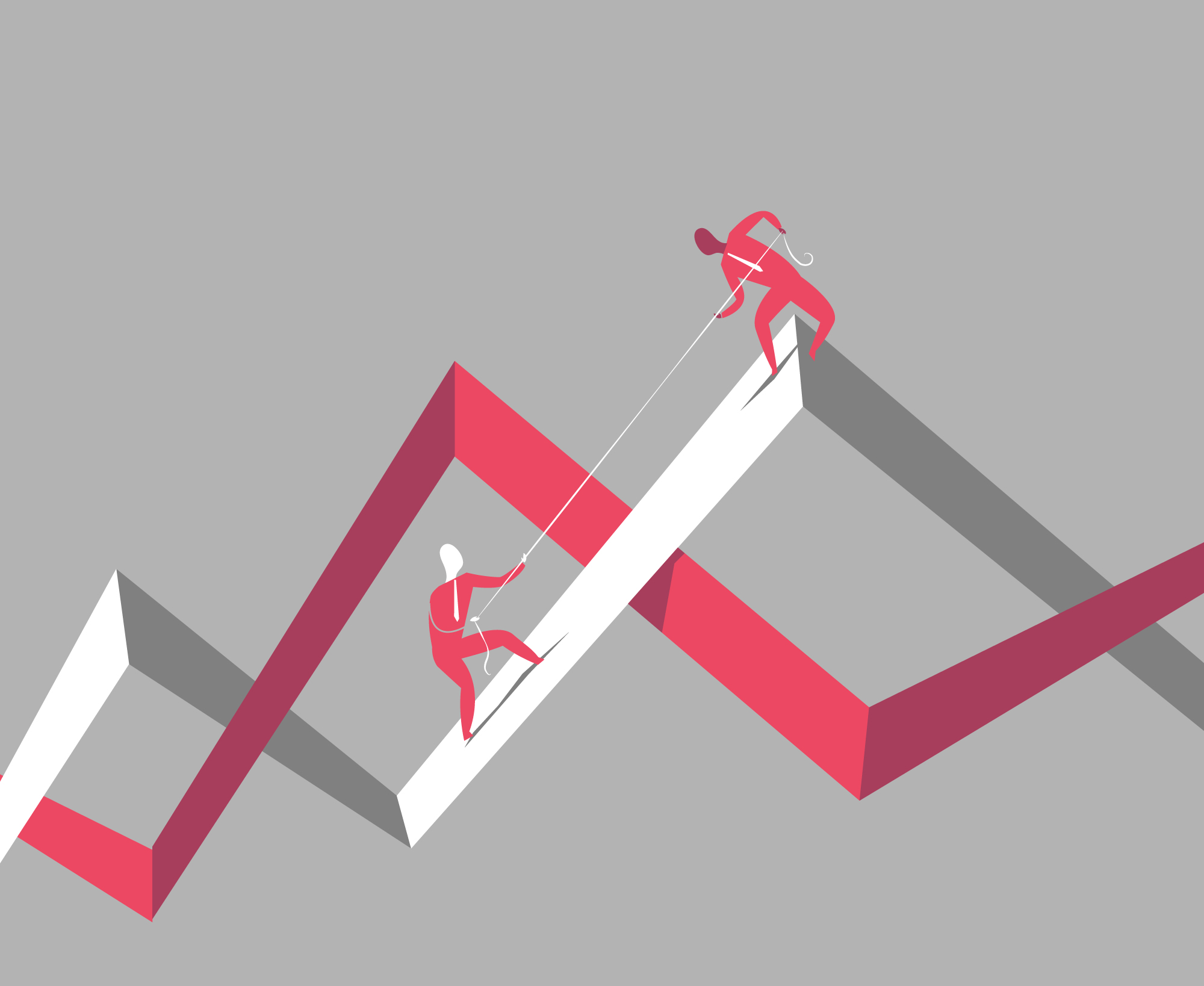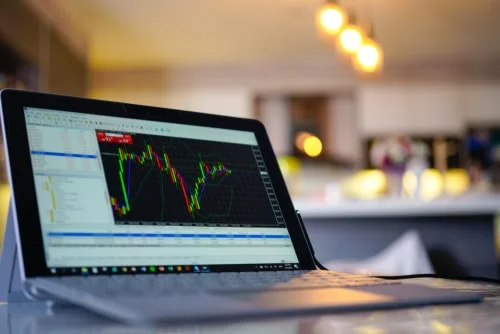ALB Limited 23.04.2022
The 5 Best Patterns You Can Use in Forex Market
The forex market is a fast-paced and demanding marketplace. It can quickly turn from sunny one day to stormy the next. The balances in the forex market can shift in the blink of an eye. This is why traders need to be prepared for every situation. Forex traders must learn how to deal with frequently changing market volatility, stressful trading conditions, and various other pressures that are likely to come their way. To pass the test, you need some practice.Fortunately, forex has its own set of “specially designed” test questions – called patterns – that you can use as practice without hurting your real account balance in any way. In this article, we will share with you the 5 best patterns you can use in the Forex market to prepare yourself for anything that might happen there!
The 5 Best Patterns You Can Use in Forex Market
1. Head and shoulders
2. Double top and bottom
3. Triple top and bottom
4. Cup and handle
5. Flag and pennant
When it comes to Forex trading, there are countless strategies that traders can use to try and achieve success. However, one of the most important things to remember is that not all strategies are created equal. Some are much more effective than others and can give you a real edge in the market.
One of the best ways to succeed in Forex trading is to focus on using proven patterns with a track record of success. In this article, we will look at five of the best Forex patterns you can use to improve your transactions in the financial forex market.
1. Head and shoulders
The head and shoulders pattern is one of the most classic and well-known Forex chart patterns. It is characterized by a formation of three peaks, with the middle peak being the highest and the two other peaks being lower.
This pattern typically forms after an extended uptrend and is used as a signal that the trend is reversing. To trade this pattern, you would look for a break of the neckline (the line connecting the two lows) to enter a short position.
2. Double top and bottom
The double top and bottom pattern is another classic Forex chart pattern. It is formed by two consecutive highs or lows roughly equal in height.
This pattern can be used as a reversal or continuation signal, depending on where it forms in the market. If it forms after an uptrend, it can signal a reversal. If it forms in the middle of a market, it can signal a continuation of the current trend.
3. Triple top and bottom
The triple top and bottom pattern is similar to the double top and bottom pattern but with three instead of two highs or lows.
This pattern can also be used as a reversal or continuation signal, depending on where it forms in the market. If it forms after an uptrend, it can signal a reversal. If it forms in the middle of a market, it can signal a continuation of the current trend.
4. Cup and handle
The cup and handle pattern is a bullish continuation that typically forms after an extended uptrend. It is characterized by a formation that looks like a cup with a handle.
To trade this pattern, you would look for a break of the resistance level (the top of the cup) to enter a long position.
5. Flag and pennant
The flag and pennant pattern is a bullish continuation pattern that typically forms after a sharp price move higher. It is characterized by a formation that looks like a flag or pennant.
To trade this pattern, you would look for a break of the resistance level (the top of the flag or pennant) to enter a long position.
These are just a few of the best Forex patterns that you can use to improve your results in the market. Remember, not all patterns will work all the time, but if you focus on using those with a proven track record, you should be able to find success.
Top 10 Forex Chart Patterns You Should Know
1. Forex chart patterns are visual representations of market conditions and can be used to predict future price movements.
2. The three most important Forex chart patterns are the head and shoulders, the double top, and the double bottom.
3. Forex chart patterns can identify trend reversals, continuation patterns, and breakout opportunities.
4. Head and shoulders, double top, and double bottom patterns often form at market tops and bottoms and can be used to trade both long and short positions.
5. Triangles, wedges, flags, and pennants are continuation patterns that usually form during periods of consolidation.
6. Breakout trading opportunities can be found by identifying bullish or bearish flags or pennant patterns.
7. Rectangles are Forex chart patterns that indicate a period of indecision or consolidation.
8. After a prolonged uptrend, a bearish rectangle top reversal pattern can signal a potential sell-off.
9. A bullish rectangle bottom reversal pattern may foreshadow a rally in a downtrend.
10. Forex traders can use Fibonacci retracements to identify potential support and resistance levels when trading rectangles.
11. Forex chart patterns are a valuable tool for any trader, whether they trade based on technical or fundamental analysis.
To conclude, Forex chart patterns are a valuable tool that can be used to identify potential trading opportunities. Head and shoulders, double top, and double bottom patterns often form at market tops and bottoms and can be used to trade both long and short positions.
Triangles, wedges, flags, and pennants are continuation patterns that usually form during periods of consolidation. Forex traders can use Fibonacci retracements to identify potential support and resistance levels when trading rectangles. Forex chart patterns are a valuable tool for any trader, whether they trade based on technical or fundamental analysis.














